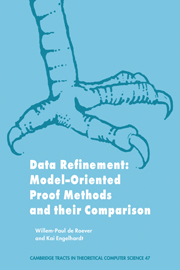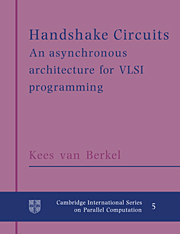Formal Methods in Circuit Design
The rapid growth in the VLSI market has meant that manufacturers are under pressure rapidly to deliver increasingly complex, reliable and cost effective products; dependability is becoming more and more important as computers become an integral part of safety critical systems. So, formal techniques that have been used in software verification have migrated into the hardware domain, where for a variety of reasons, they have been in some respects more successful. This book analyses the factors behind this success and formulates a set of criteria against which various approaches to hardware verification may be judged. This involves identifying the hardware requirements and the issues affecting the industrial use of formal methods. Dr Stavridou also provides an overall perspective of the field, supplies case studies of various formalisms and finally describes an algebraic approach to the specification and verification of synchronous digital systems. This unique account can be used for students and teachers for courses in hardware verification, hardware designers seeking an introduction to formal methods, and researchers interested in algebraic specification.
- The only definitive account of the topic
- A new and exciting area of activity
Reviews & endorsements
"...can be read casually by hardware engineers interested in getting an introduction to hardware verification, and understanding the issues influencing its transition to practice. It is also useful as a supplementary text for an undergraduate or a graduate course in hardware verification." M.K. Srivas, The Computer Journal
Product details
August 1993Hardback
9780521443364
207 pages
255 × 178 × 15 mm
0.537kg
43 b/w illus. 7 tables
Unavailable - out of print March 2010
Table of Contents
- 1. Introduction
- 2. Requirements
- 3. Case studies
- 4. The term rewriting approach
- 5. OBJ3 as a hardware specification language
- 6. Theorem proving with OBJ3
- 7. OBJ3 case studies
- 8. Conclusions
- Appendix
- Bibliography
- Index.





